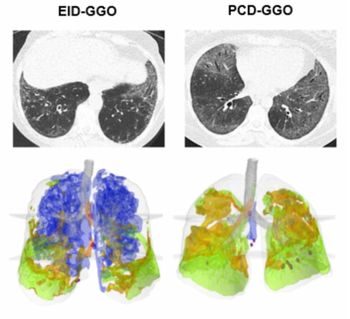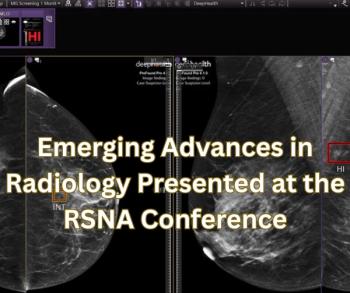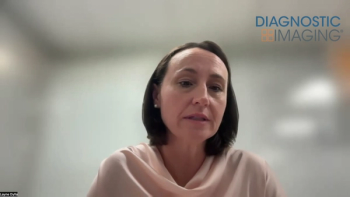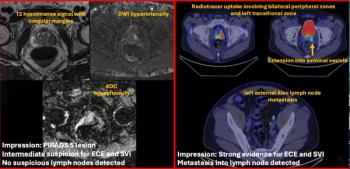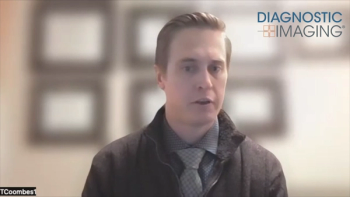
Do the New USPSTF Recommendations Go Far Enough on Mammography Screening?
The United States Preventive Services Task Force (USPSTF) has drawn praise for lowering the age threshold for initial mammography screening from 50 to 40 years of age in updated draft recommendations for breast cancer screening, but critics warn that biennial screening is not sufficient for higher-risk populations.
In newly released draft updates for breast cancer screening recommendations, the United States Preventive Services Task Force (USPSTF) said there was sufficient evidence for recommending biennial mammography screening starting at the age of 40 for women deemed to have an average risk of breast cancer.
The USPSTF noted that
“New and more inclusive science about breast cancer in people younger than 50 has enabled us to expand our prior recommendation and encourage all women to get screened every other year starting at age 40. This new recommendation will help save lives and prevent more women from dying due to breast cancer,” noted Carol Mangione, M.D., M.S.P.H., an immediate past chair of the USPSTF and the executive vice chair for Health Equity and Health Services Research in the Department of Medicine at the University of California, Los Angeles (UCLA).
Based on data from the Breast Cancer Surveillance Consortium (BCSC), the USPSTF maintained there was no difference between annual versus biennial screening in any age group for diagnosis of stage IIB and higher breast cancer.
In a recent tweet, Amy Patel, M.D., emphasized that annual screening mammography is an essential life-saving measure for many women.
“ … Cancers do not go away, and skipping a year can lead to a cancer progressing to be more aggressive and requiring more invasive treatment,” maintained Dr. Patel, the medical director of the Liberty Hospital Breast Care Center in Kansas City and an assistant professor at the University of Missouri-Kansas City School of Medicine. “We must continue to advocate for annual screening mammography in average risk women as well as push for risk assessment of all women by age 25 to determine if earlier and heightened imaging surveillance is warranted, particularly in high-risk patients.”
(Editor’s note: For related content, see “
In a
Noting that Black women are diagnosed with breast cancer at an earlier age on average than White women and have a reportedly 2.7-fold higher risk for triple-negative breast cancer, the Black Women’s Health Imperative (BWHI) suggested the higher likelihood of advanced breast cancer diagnoses among Black women is likely to continue with the USPSTF’s unchanged emphasis on biennial screening.1
“BWHI has long been an advocate for beginning annual breast cancer screenings at age 40, and we are pleased to see the USPSTF’s revised guidelines align with our recommendations for starting screening. However, we are disappointed that recommendations for annual screening were not made,” noted Linda Goler Blount, M.P.H., the president and chief executive officer of BWHI.
The USPSTF also noted insufficient evidence for the use of supplemental magnetic resonance imaging (MRI) or ultrasound for women with dense breasts who have a negative screening mammogram. In contrast,
The updated USPSTF draft breast cancer screening recommendations can be accessed at
Reference
1. McCarthy AM, Friebel-Klingner T, Ehsan S, et al. Relationship of established risk factors with breast cancer subtypes. Cancer Med. 2021;10(18):6456-6467.
Newsletter
Stay at the forefront of radiology with the Diagnostic Imaging newsletter, delivering the latest news, clinical insights, and imaging advancements for today’s radiologists.

